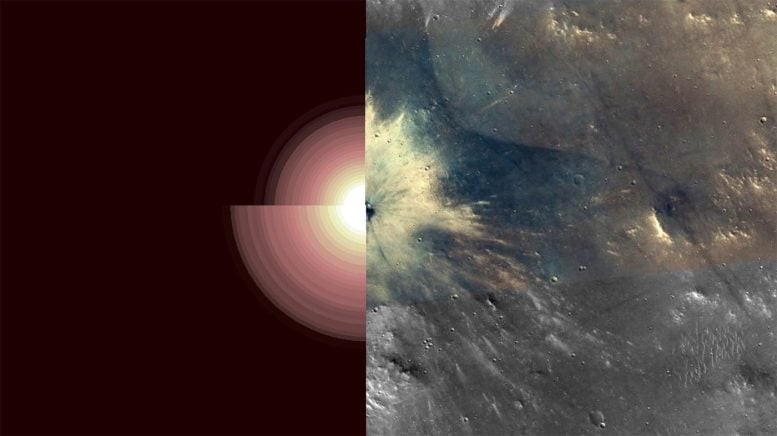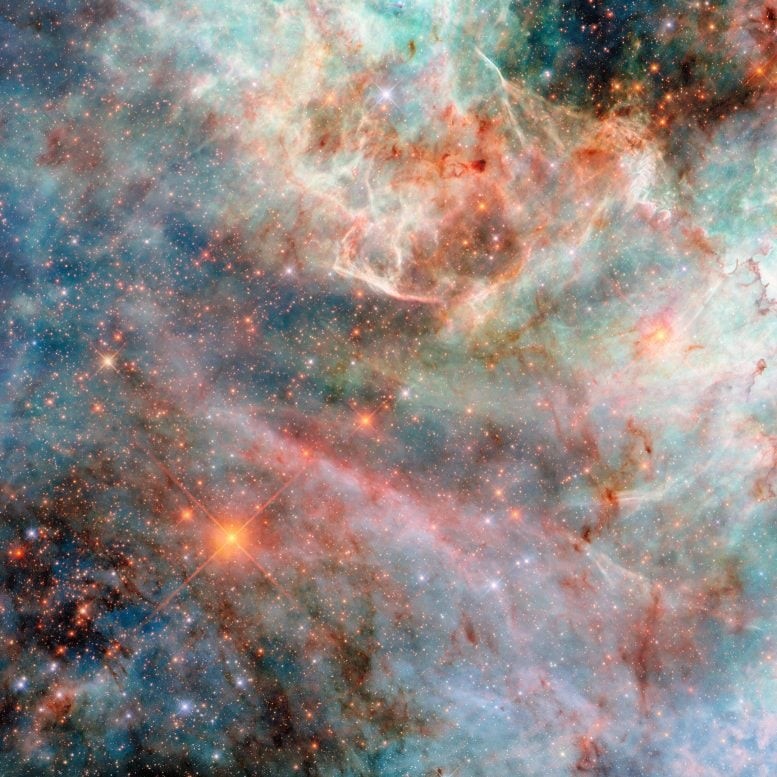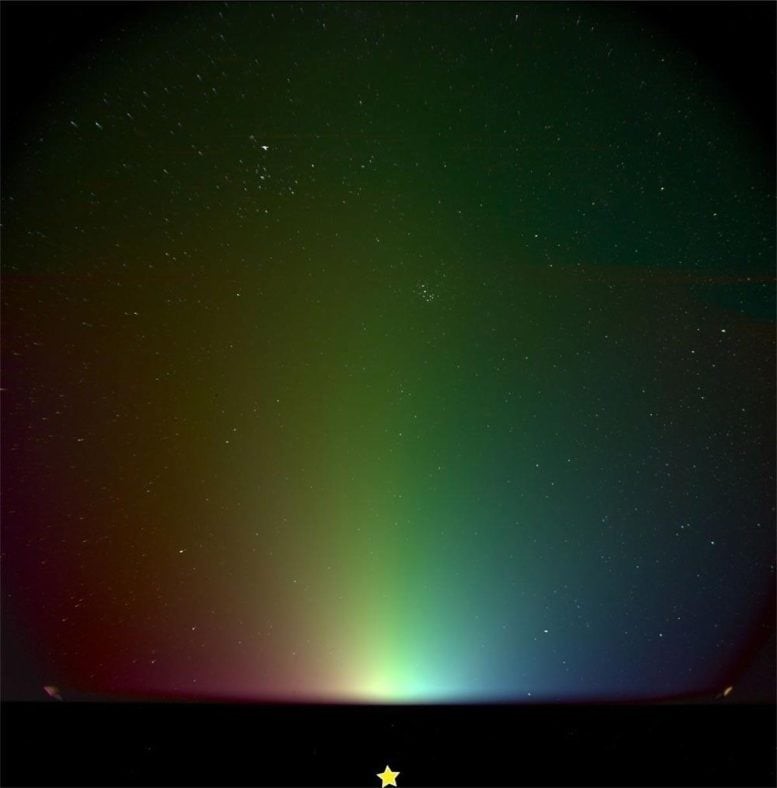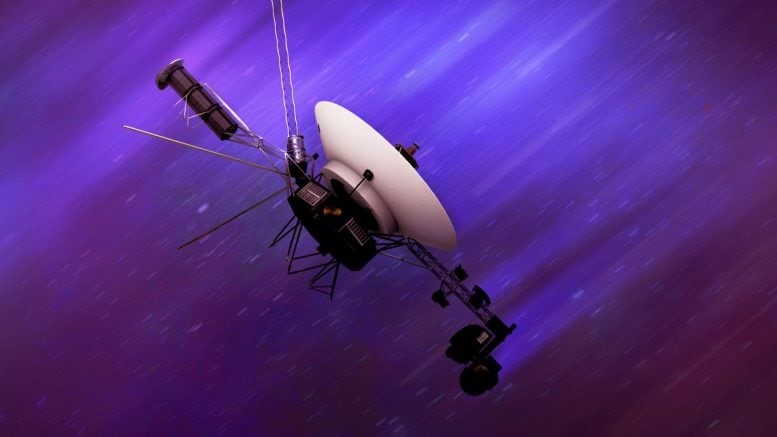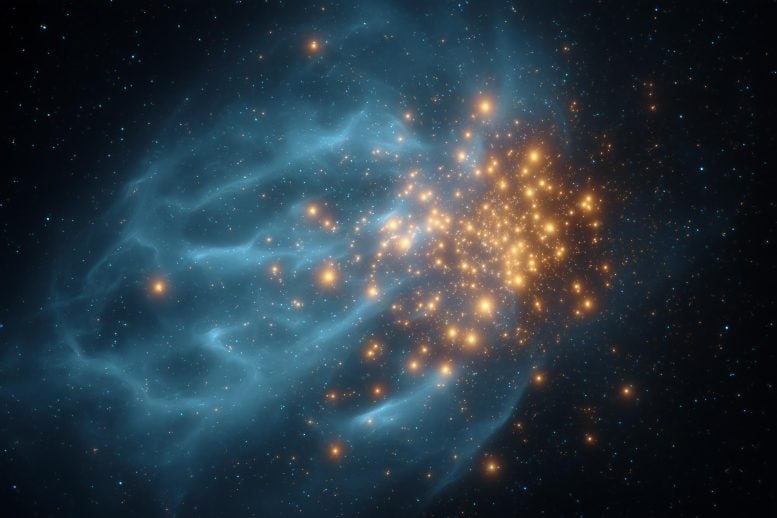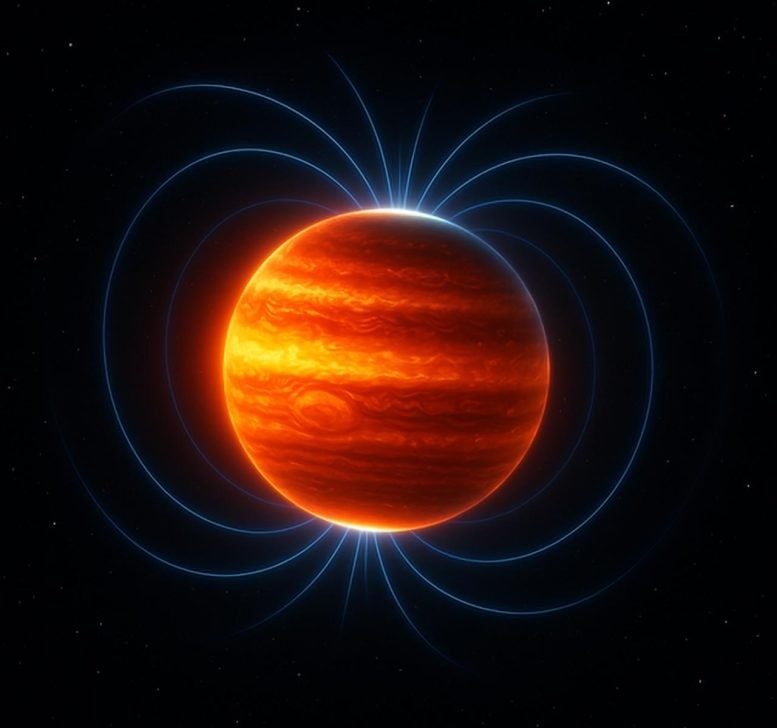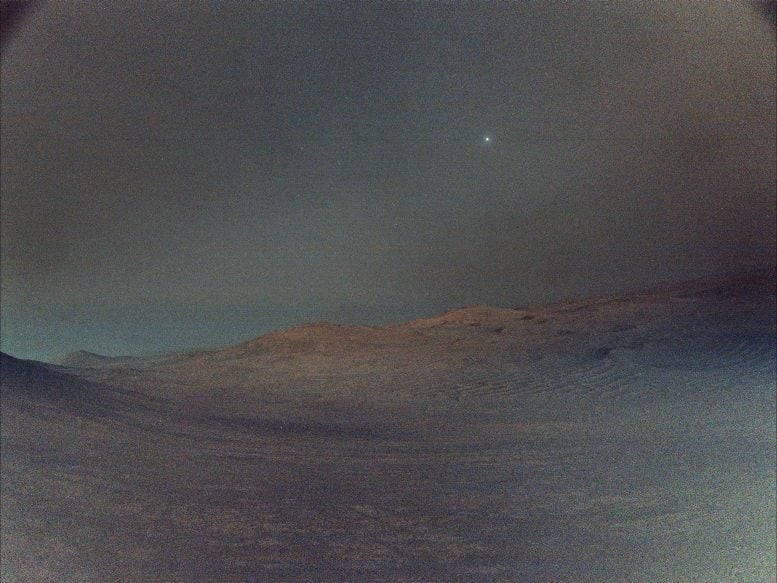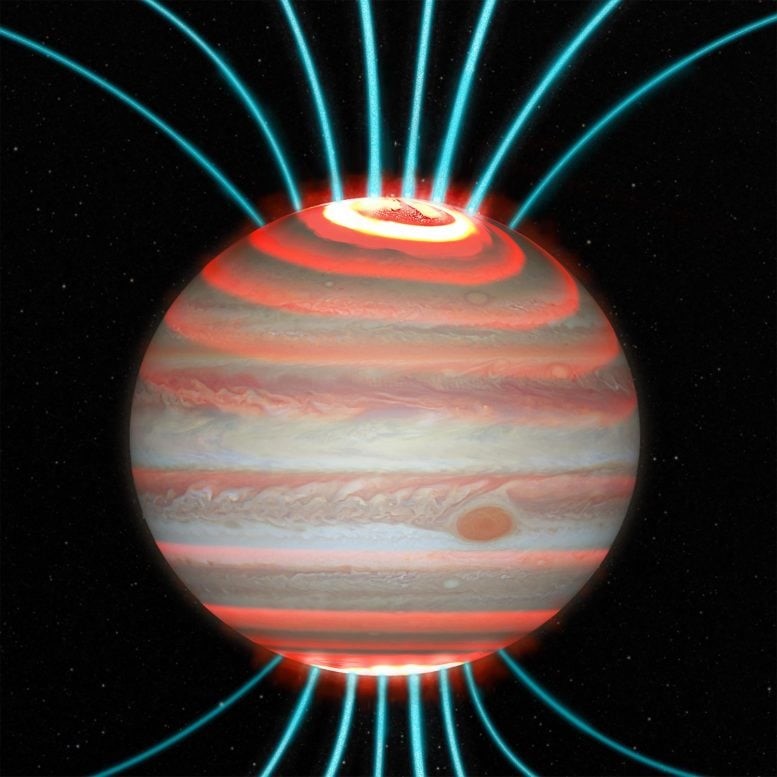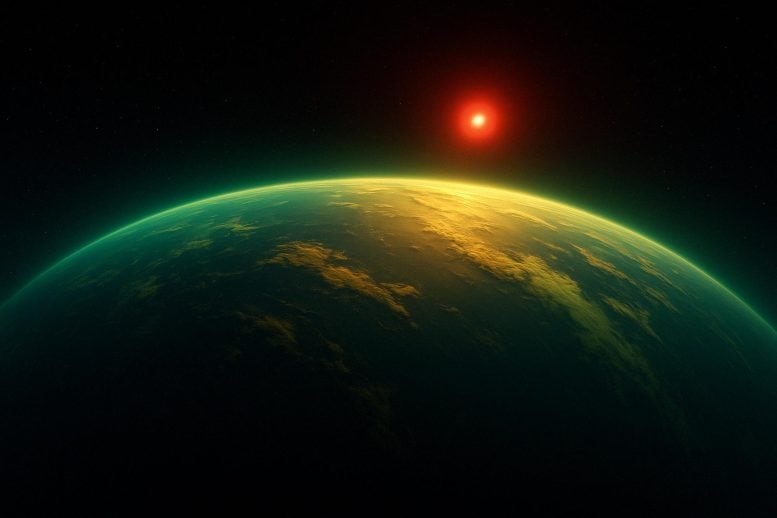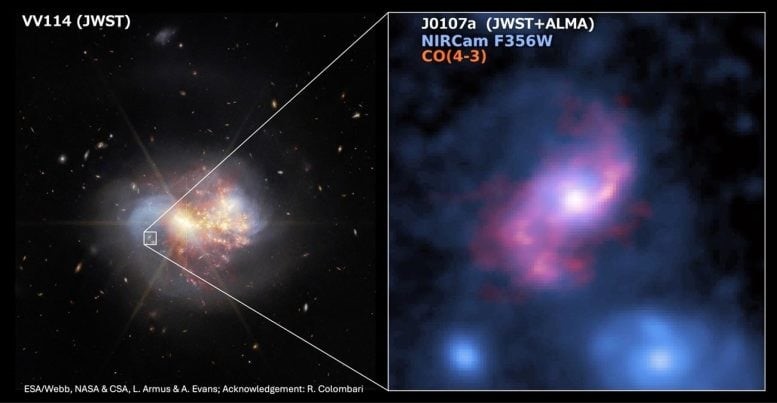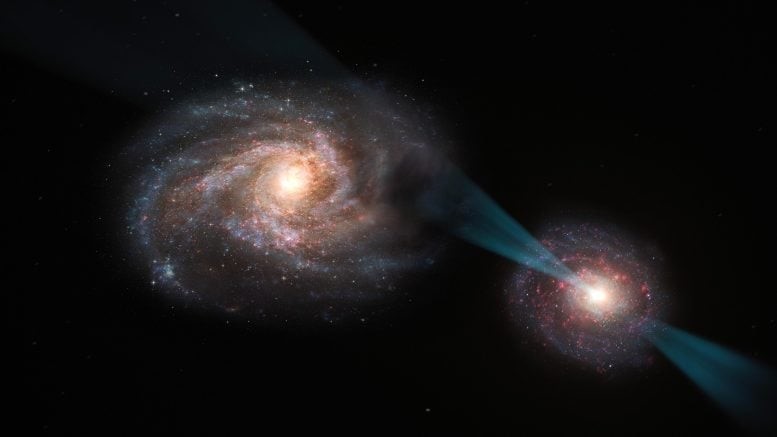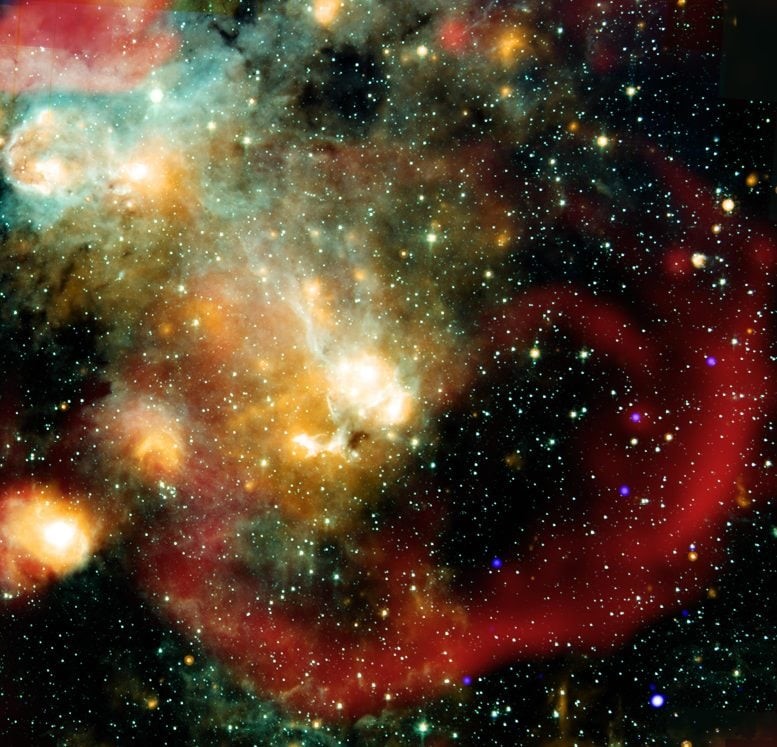Unlocking the Dark Universe: How We're on The Verge of Solving Science's Greatest Mystery
Tiny, indistinct blobs. Over the past few years, I’ve spent countless hours examining images of these faint, fuzzy specks. Often just a few pixels across—like smudges on a photograph—they might hold the secret to understanding dark matter.

Figure 1. Cracking the Cosmic Code: The Quest to Unveil the Dark Universe.
These blobs are actually galaxies: vast, swirling collections of stars and planets drifting through space, located millions of light-years from Earth. The images were captured by a high-powered camera equipped with a 1-meter (3.3-foot) lens, mounted on the massive Victor M. Blanco Telescope, perched 2,200 meters (7,200 feet) above sea level in Chile’s Coquimbo Region. Figure 1 shows Cracking the Cosmic Code: The Quest to Unveil the Dark Universe.
For years, astronomers have used this powerful instrument to survey the sky, capturing countless images of the cosmos. Alongside my colleagues in the Dark Energy Survey, I’ve meticulously studied millions of these tiny, blurry blobs, searching for a crucial clue that could reshape our grasp of the Universe.
We’re holding our breath—because this missing piece could plug a vast gap in our cosmic knowledge. In fact, it has the potential to completely overturn everything we thought we understood about the Universe.
An Invisible Truth
At first glance, it might seem like cosmologists have the Universe all figured out. And in many ways, we’ve made remarkable progress in understanding how it works.
But there’s a glaring problem we can’t ignore: our entire model of the Universe depends on dark matter—and we still have no idea what it actually is. In fact, less than 20% of the matter in the Universe is made up of particles whose behavior we truly understand.
Yes, we’ve developed a robust standard model of cosmology—a mathematical framework that elegantly describes the Universe’s structure and evolution. That’s a huge accomplishment. But because of this dark matter conundrum, we can’t say with certainty that the model is entirely correct.
Could we just ignore the problem? Maybe dark matter is a theoretical glitch—something we’ve misinterpreted or imagined entirely.
Something is undeniably out there. We can’t see it, and we don’t know what it is, but its presence is unmistakable. Since the late 1970s, when Dr. Vera Rubin observed strange motions in spiral galaxies, it’s been clear we’re missing something big.
Rubin expected stars at the outer edges of galaxies to move more slowly than those near the center—just as planets in our solar system do. But that’s not what she found. Instead, the stars on the outskirts were moving just as fast as those closer in—and far faster than expected.
The only explanation? There must be a vast halo of invisible matter surrounding galaxies, exerting gravitational pull far beyond the visible stars.
This was a crucial piece of evidence for the existence of dark matter—a concept first proposed by Professor Fritz Zwicky in the 1930s. Zwicky introduced the term after noticing something strange: the visible mass of galaxy clusters wasn’t enough to keep the galaxies gravitationally bound. They should have been flying apart, yet they weren’t. He concluded that some unseen, abundant substance must be providing the missing gravitational glue.
In other words, Zwicky suggested that dark matter was the "missing mass" of the Universe. Decades later, Rubin’s observations appeared to confirm his theory.
So now, we know dark matter exists—and that there’s a staggering amount of it. We can’t see it, but we also can’t dismiss it. Because until we understand what dark matter truly is, we can't claim to fully understand the Universe.
So, What Do We Actually Know About Dark Matter?
Despite its invisibility, there’s one thing we can say with confidence: dark matter is a fundamental ingredient in the Universe’s structure. It makes up more than three-quarters of all the mass in galaxies—including our own Milky Way. Though we can’t see it, dark matter exerts a powerful gravitational pull, anchoring stars in place and keeping galaxies spinning like vast, orbiting whirlpools.
When we step back and take a wider view of the cosmos, we notice something striking: galaxies aren’t scattered randomly. They’re arranged in a vast, web-like structure. This pattern reveals dark matter’s deeper role—it acts as the invisible scaffolding of the Universe. It forms a cosmic web of filaments and clusters, separated by enormous voids, that dictates where galaxies form and gather.
Think of looking at Earth from space at night. You see clusters of lights marking cities and towns—but not the people themselves. Still, you know they’re there, because the lights reveal their presence. Dark matter is similar: invisible, yet unmistakably shaping what we do see.
Dark matter doesn’t just hold galaxies together—it played a vital role in their very formation. It’s the reason matter in the early Universe clumped together at all. Without dark matter, galaxies might never have formed. And without galaxies, we wouldn’t be here. Dark matter, in a very real sense, made our existence possible.
But what is it? How do we move from theory to truly understanding this invisible force? That’s where the Dark Energy Survey and a powerful technique called weak gravitational lensing come in.
Finding the Cracks
We still can’t see dark matter directly—but we can observe how it bends and distorts the light from galaxies behind it. Dark matter subtly warps space itself, altering the shapes of the galaxies we can see—the very same tiny, fuzzy blobs my colleagues and I have spent years analyzing.
These distortions leave behind faint, telltale signatures across the sky—signatures we carefully measure in the Dark Energy Survey. By examining how the shapes of distant galaxies align, we can map the unseen distribution of matter that lies between them and our telescope.
Source: Science Focus
Cite this article:
Priyadharshini S (2025), Unlocking the Dark Universe: How We're on The Verge of Solving Science's Greatest Mystery, AnaTechMaz, pp.373


